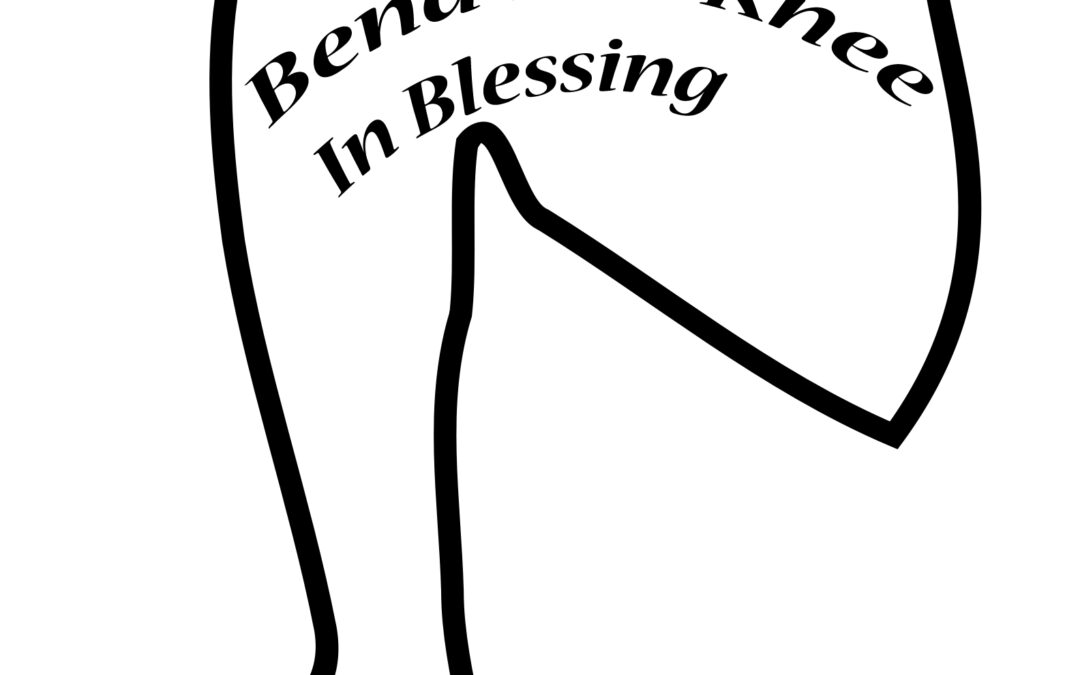
from eLimu.com
For many people, reading Talmud is like Joan Rivers’ z”l comment about how calculus might have prepared her to be a housewife; “so I can calculate the size of the living room? It’s six inches shorter than the vacuum cleaner cord!” More than one person has questioned the point of the rabbis discussing things such as whether or not you can build a sukkah on top of a camel, or use an elephant for one of its sides. It depends, of course, on who you ask. And, why one would even think of doing either of these things?
Daf Yomi is the practice of reading a page a day of Talmud, and as I write this, I’ve just finished leading a discussion about the fitness–the kosher status–of a sukkah built on the top of a ship or a wagon:
One who establishes his sukkah at the top of the ship, Rabban Gamliel deems it unfit and Rabbi Akiva deems it fit.
The page continues: “There was an incident involving Rabban Gamliel and Rabbi Akiva, who were coming on a ship. Rabbi Akiva arose and established a sukkah at the top of the ship. The next day the wind blew and uprooted it. Rabban Gamliel said to him: Akiva, where is your sukkah?”
Abaye, a later sage, said: “Everyone agrees that if the sukkah is unable to withstand a typical land wind, the sukkah is of no consequence, and isn’t even considered a temporary residence (which is what it should be). If it is able to withstand an atypical land wind, everyone agrees that the sukkah is fit/kosher. Where Rabban Gamliel and Rabbi Akiva disagree is where the sukkah is able to withstand a typical land wind but not an atypical land wind, which is the equivalent of a typical sea wind.
Having had my sukkah, both at home and at the synagogue, blown across the yard by wind, I have to wonder, were they kosher to begin with? Was the wind typical for my area, or atypical? What do I need to do differently?
The Tokyo Olympic Games are on now, and I’ve been thinking a lot about Simone Biles and Japan’s Naomi Osaka. These two incredibly talented individuals and accomplished, elite athletes have pulled back from or out of competition to care for their mental health and emotional wellbeing. This is huge; the pressure to compete, to represent one’s country, to win, is enormous. It’s something I can’t even begin to imagine, and in my 40s, I figure skated in competition!
The discussion about what kind of wind a sukkah can and should be able to withstand made me think about people. Where is the breaking point? What strength “wind” is too strong to withstand? And what about those of us who aren’t Olympic athletes, or continually in the public eye? We’re also susceptible to pressure from outside and from within. Yes, that’s part of life, and yes, we have to deal with it, but at what point do we need reinforcements? At what point might our own sukkah collapse like a house of cards?
Abaye’s lesson is to make sure that we can withstand and deal with typical (notice I didn’t say, “normal”) forces pushing against us, and to be kind to ourselves–and others–when those atypical winds begin to blow.









Amazing post!! Thank you for this!
thank you, Mark!
Thank you for these words, Rabbi! I am now also thinking about how some of the forces that move us forward might also throw us off kilter, depending on the conditions – soft breeze that enhances our enjoyment of our sukkah selves or forces that call for reinforcements to right our selves.
beautiful thought, thank you!